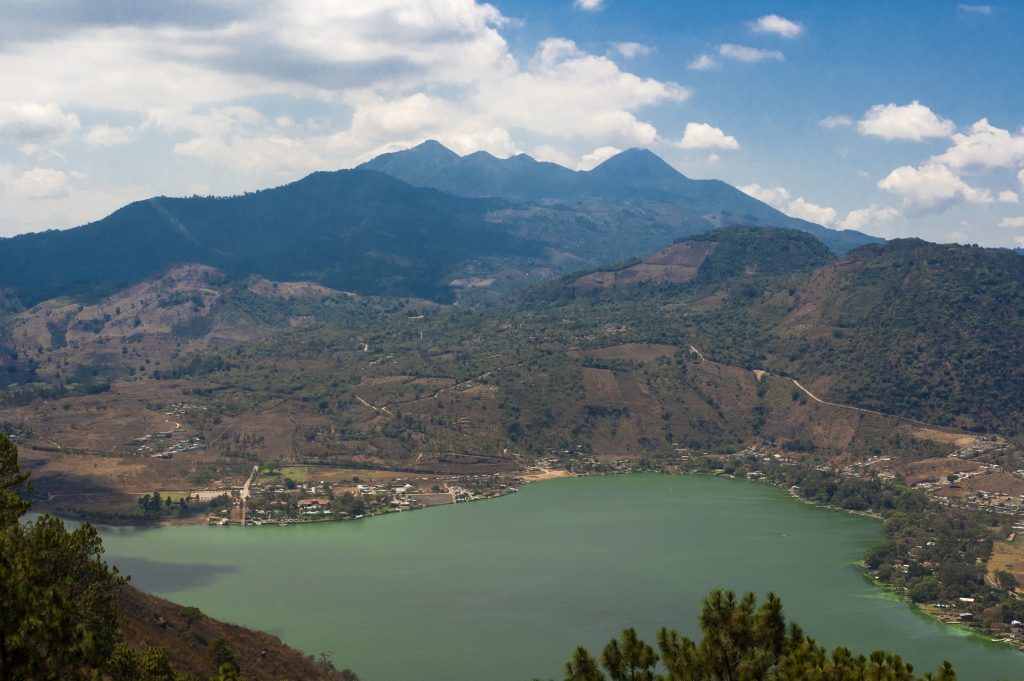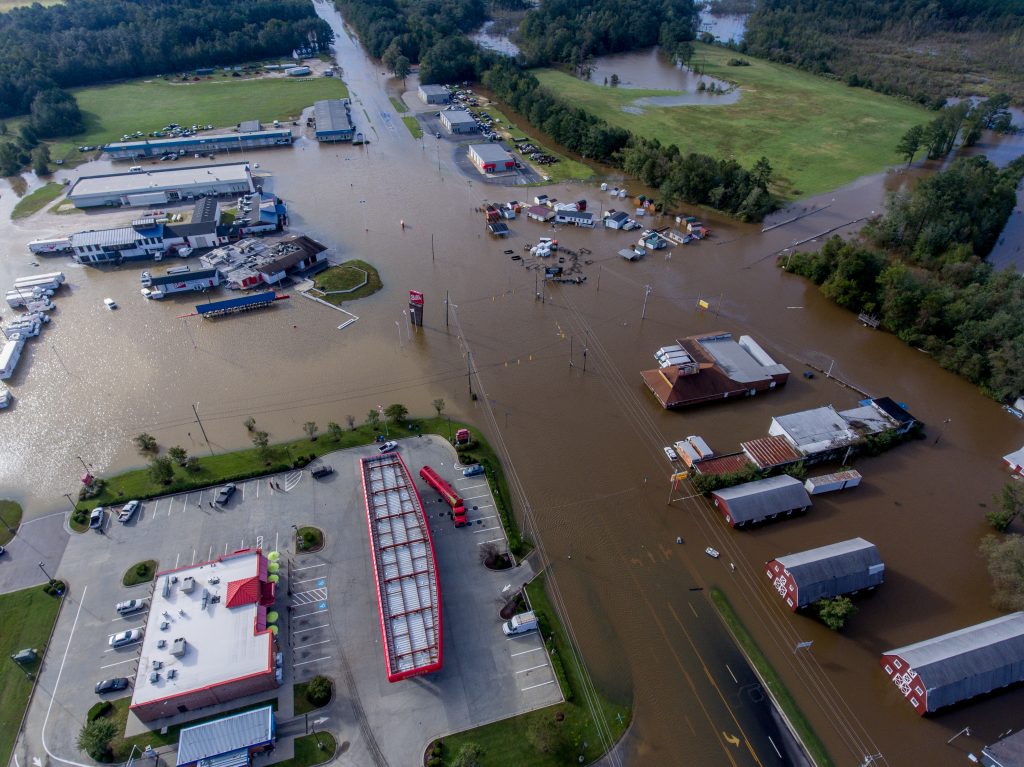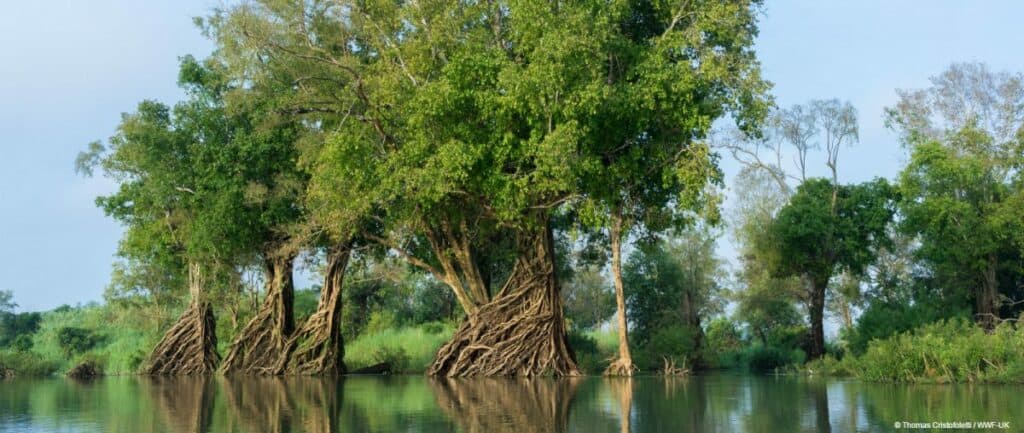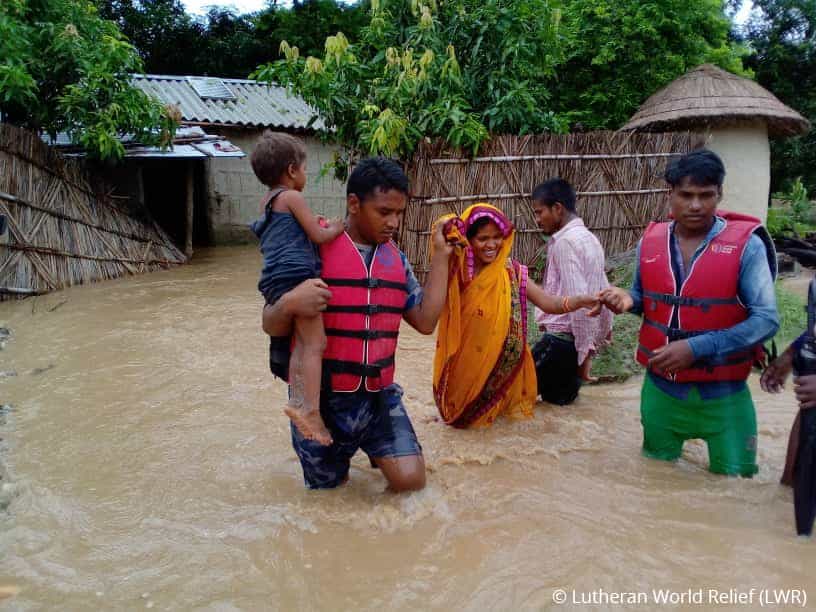Cultivating resilience through nature: Three women reflect on flood management in South Asia
Manejo de Inundaciones en Guatemala: Reflexiones por parte de Funcionarios Municipales
WWF Guatemala realizó una capacitación sobre la Guía Verde para Inundaciones en agosto de 2021, dirigida a empleados de varios municipios. En este artículo, Edgar Ramírez y Carlos Telón, quienes asistieron a la capacitación, nos cuentan sobre su trabajo relacionado con prevención de inundaciones en dos cuencas diferentes y cómo están incorporando soluciones basadas en…
Read MoreFrequently Asked Questions: Natural & Nature-based Flood Management
Key Concepts and Foundational Knowledge Who is the primary audience of Flood Green Guide? The Flood Green Guide (FGG) is an open-source guidebook and training program. Although the approach and methods can be applied from the national to household levels, the primary target audience is mid-level government, NGO, and technical agencies. What is the watershed…
Read MoreCase Study: North Carolina’s Journey to Flood Resilience
How a state plan and budget are enabling conditions for the development of nature-based methods. After frequent, disastrous storms and a state largely in need of repair, Governor Roy Cooper signed Executive Order 801 in October 2018, which is North Carolina’s commitment to address climate change and transition to a clean energy economy. This order…
Read MoreNatural & Nature-Based Flood Management Methods: A Green Guide
World Wildlife Fund (WWF) in partnership with U.S. Agency for International Development Office of US Foreign Disaster Assistance (OFDA) has developed the Natural & Nature-Based Flood Management: A Green Guide to support local communities flood management efforts. Utilizing an integrated watershed approach, the Flood Green Guide was developed by an interdisciplinary team of subject matter experts from…
Read MoreGuía Natural de Manejo de Inundaciones: Una Guía Verde
La nueva Guía Natural de Manejo de Inundaciones: Una Guía Verde presenta el manejo de riesgo de inundaciones como un enfoque comprensivo, que explica como técnicas basadas en la naturaleza pueden ayudar a reducir el riesgo, y proveer beneficios a las comunidades, y complementan opciones de ingeniería.
Read MoreFlood Risk Management: A Strategic Approach
This book provides an overview of: the historical developments and emerging trends in flood management; the purpose and characteristics of modern flood risk management; the goals, objectives and outcomes sought; the ongoing challenges in developing and implementing flood risk management in practice together with some of the common pitfalls and misconceptions; and a summary of…
Read MoreIn Bangladesh, a Flood Engineer Embraces the Power of Nature
The Environment and Disaster Management team conducted a virtual Flood Green Guide training in March and April 2021. Through this multi-week course, NGO staff, government water managers, engineers, and environmental scientists across South Asia explored natural and nature-based flood management and risk reduction. Hamidul Haque, an alum of the training course, is a Water Resources…
Read MoreVideo: How Kolkata’s Canal System Reduces Flood Risk While Sustaining Local Communities
The East Kolkata Wetlands, situated on the eastern periphery of the city of Kolkata, India, are the world’s most extensive wastewater-fed fishery system.1 More than 12,500 hectares of wetlands support hundreds of fishponds and vegetable fields. Fed by stabilized sewage water from the city of over 4.5 million people, the wetland system is an example…
Read MoreBuilding Resilience from the Bottom Up: Reflections on a Flood Management Project at the India-Nepal Border
A flagship program of Lutheran World Relief, the Transboundary Flood Resilience Project is in its eighth year and has impacted over 100,000 people. The project began with a focus on early warning systems but has expanded to encompass community-based disaster risk reduction, infrastructure, safety nets, public-private partnerships, and flood resilient livelihoods. Narayan Gyawali, an alum…
Read More








